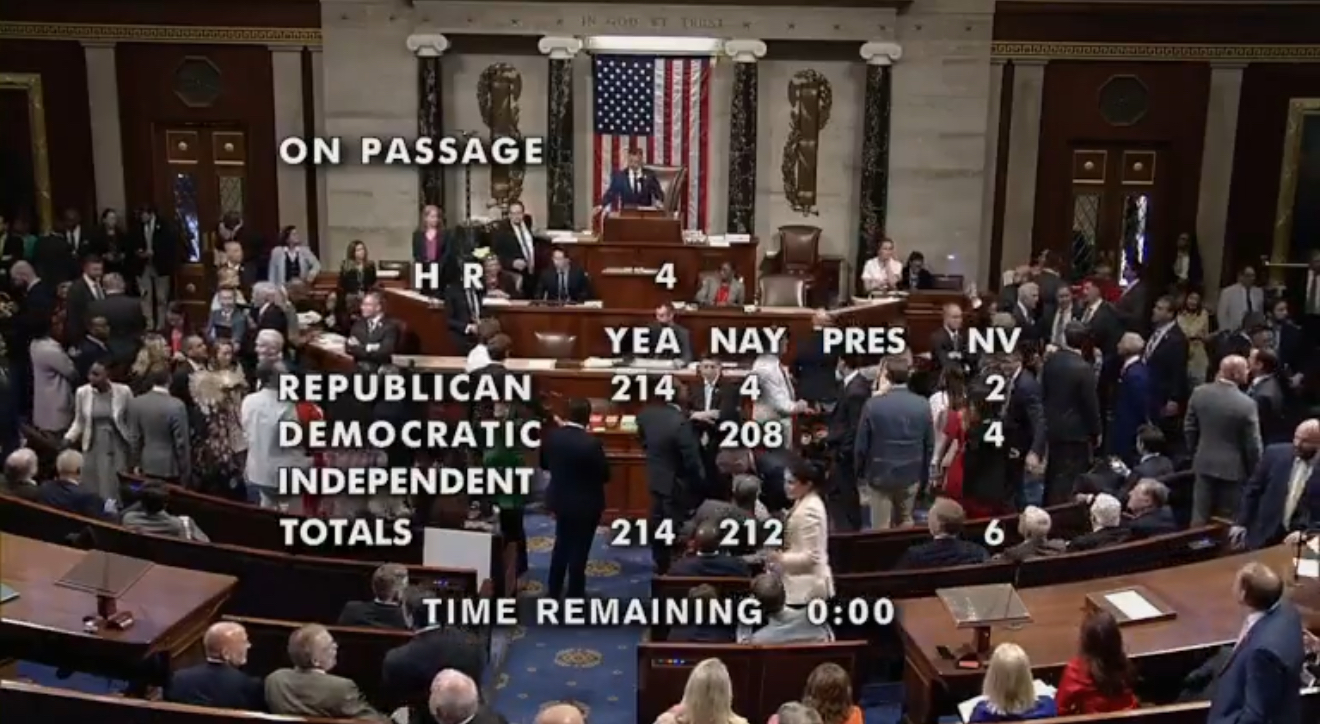The Social Security Administration (SSA) has recently reversed its decision on a policy that would have required many Americans to visit local offices to verify their identities. Initially, the SSA announced stricter identity verification measures to tackle fraud, which were supposed to start at the end of March. However, the agency decided to ease these requirements for certain applicants.
The SSA clarified that people applying for Social Security Disability Insurance, Supplemental Security Income (SSI), or Medicare can complete their applications entirely over the phone without needing to visit an office. This update will take effect in mid-April, slightly later than initially planned. The only individuals who will need to visit an office for identity verification are those applying for retirement, survivors, or auxiliary benefits and cannot do so online.
Even in these cases, the SSA mentioned that in-person verification might not be required in extreme situations. Acting Commissioner of Social Security, Lee Dudek, stated that the agency had listened to feedback from the public, Congress, and other stakeholders to update their policy. He emphasized that the decision was made to improve customer service for the most vulnerable populations.
The American Association of Retired Persons (AARP) welcomed these changes, with their executive vice president, Nancy LeaMond, acknowledging the move as a “good first step.” She pointed out the potential challenges the original requirement would have posed, especially for older Americans. AARP members had shared concerns about the difficulties of traveling long distances just to complete paperwork.
Lawmakers had also expressed concerns about the initial policy, highlighting that around 40 percent of benefit claims were processed over the phone. They argued that requiring people to file claims online or in person could create significant hurdles for many Americans. The letter sent to SSA underscored the technological and physical barriers that could prevent access to necessary services.
The SSA had originally introduced these stricter identity proofing measures to enhance the security of Social Security records and prevent fraud. Concerns had been raised about duplicate and fraudulent records within the agency’s database. Earlier, President Donald Trump highlighted issues within the Social Security program, pointing to “shocking levels of incompetence and probable fraud.”
One particularly troubling discovery was the existence of millions of members in government databases who were recorded as being over 120 years old. The SSA acknowledged these issues and stated it was working on identifying and correcting records of beneficiaries who were 100 years old or older. This decision by the SSA to roll back in-person verification underscores their commitment to balancing security with accessibility.
By allowing phone applications for certain benefits, the SSA aims to cater to those who may face difficulties using online services. The agency’s decision reflects an effort to listen to the voices of those affected and adapt to their needs. It also highlights the importance of maintaining a government service that is both secure and user-friendly.
The changes come as a relief to many, especially those living in remote areas or with limited mobility. The SSA’s responsiveness to public feedback is a step towards ensuring that people receive the support they depend on without unnecessary hurdles. As this policy takes effect, it will be crucial for the SSA to continue monitoring its impact and address any emerging challenges.
This adjustment shows a shift in focus towards making government services more accessible and efficient for all Americans. As the SSA navigates these changes, it remains important to keep an eye on how these measures affect the broader Social Security system. While the agency works to improve its processes, the involvement of stakeholders will be vital in shaping future policies.



